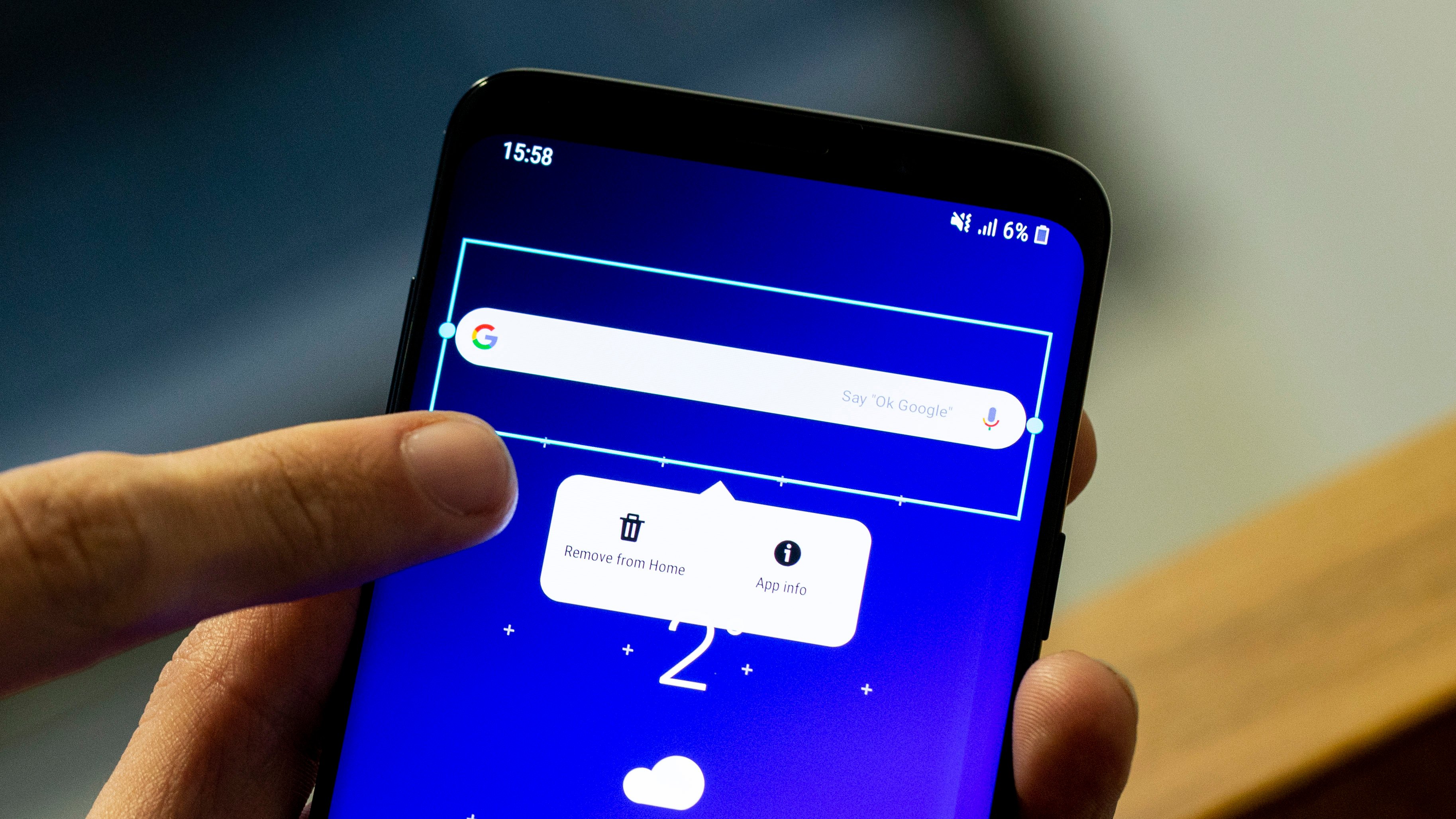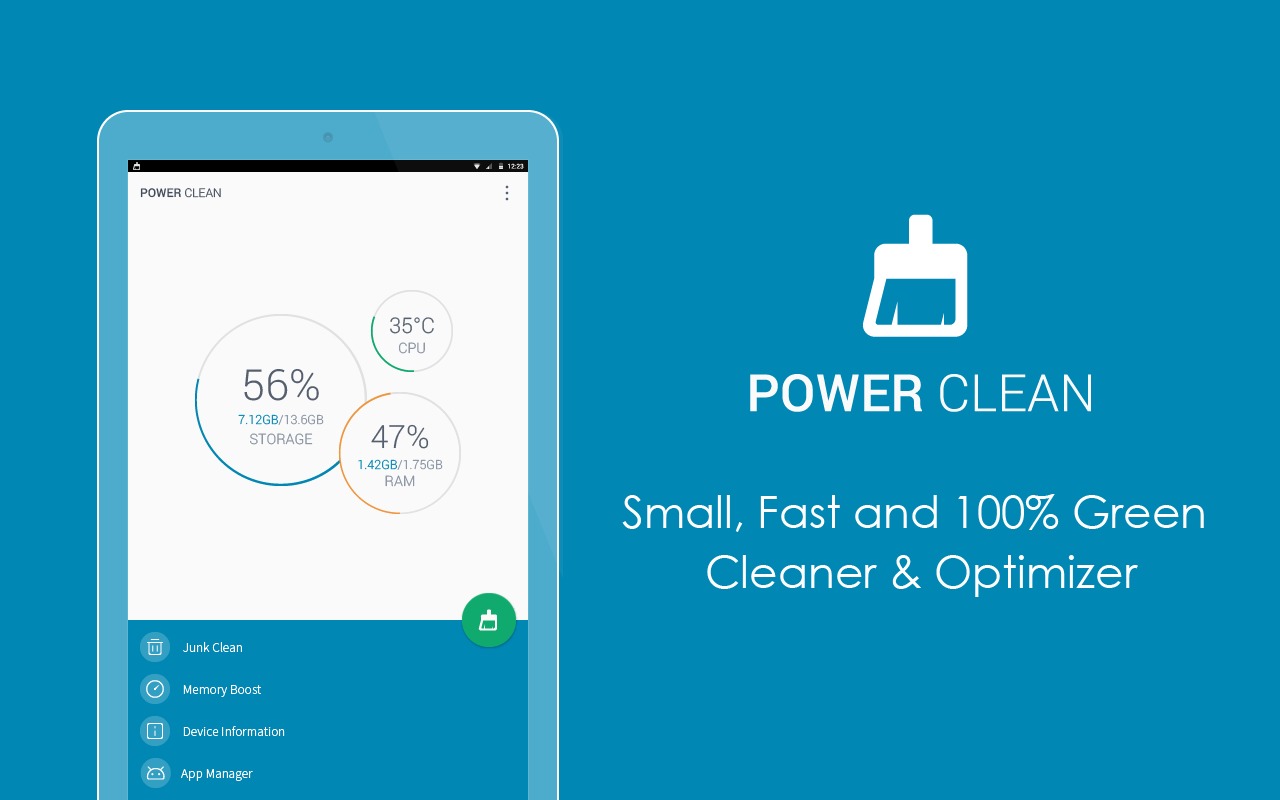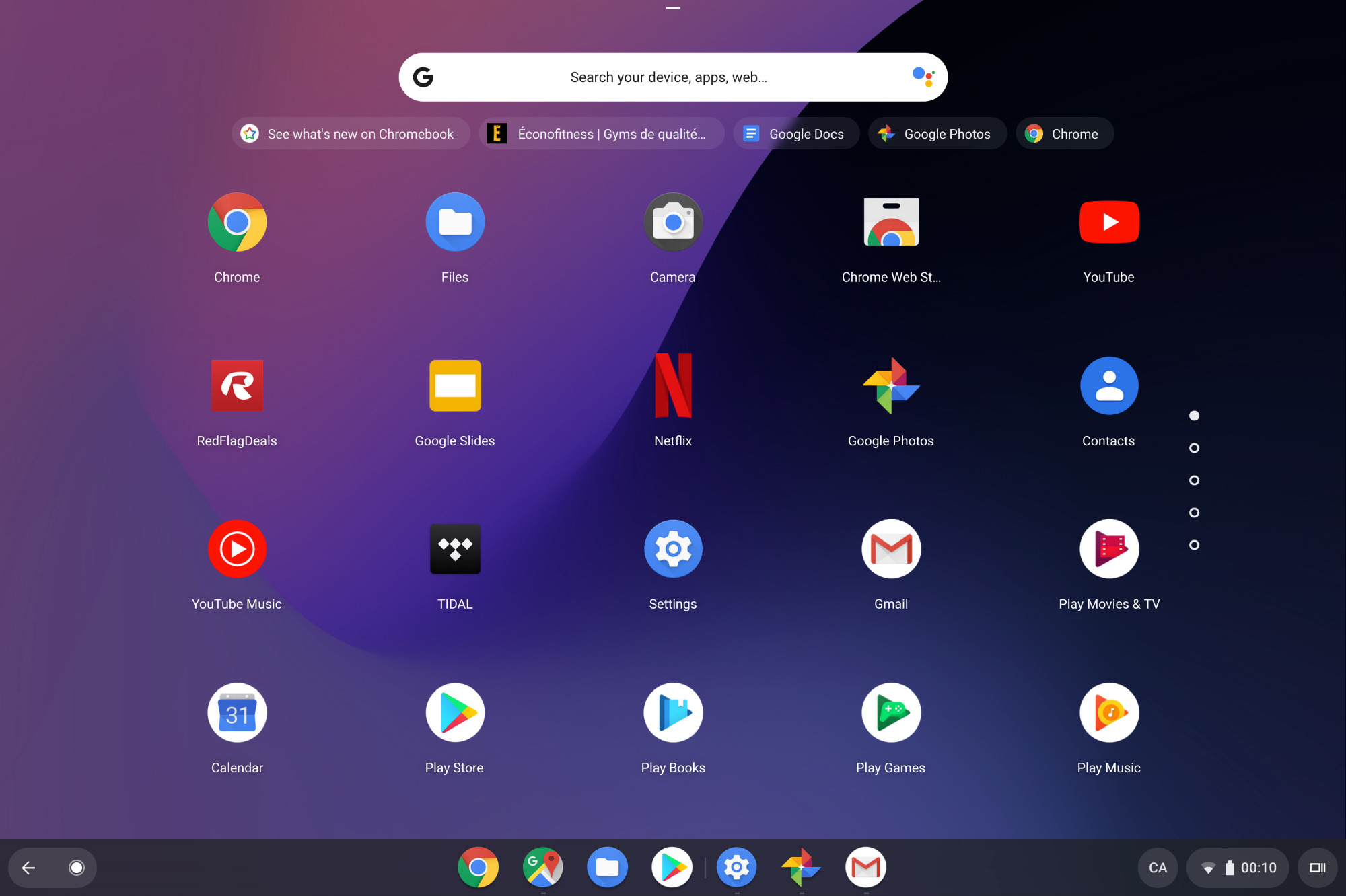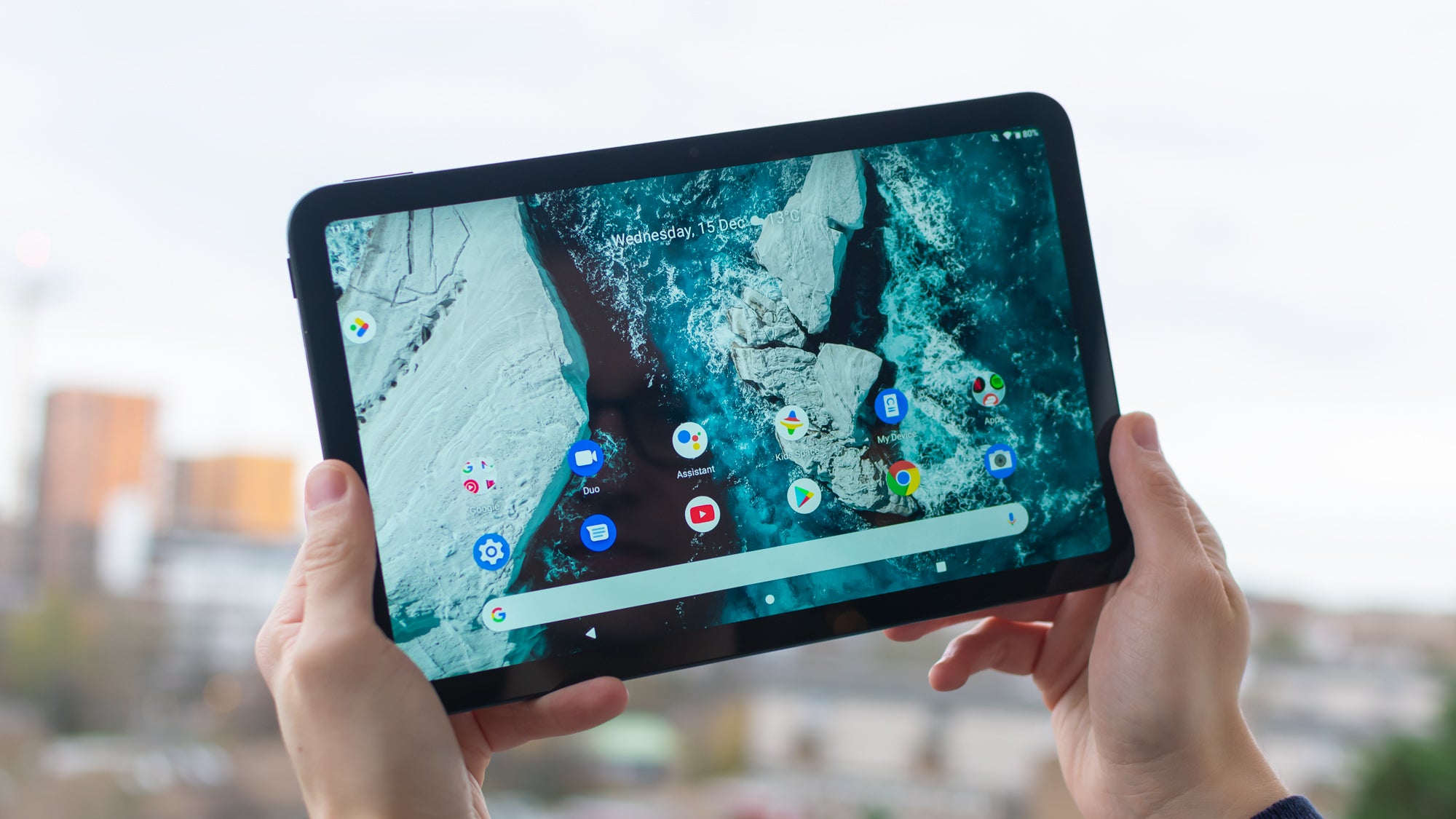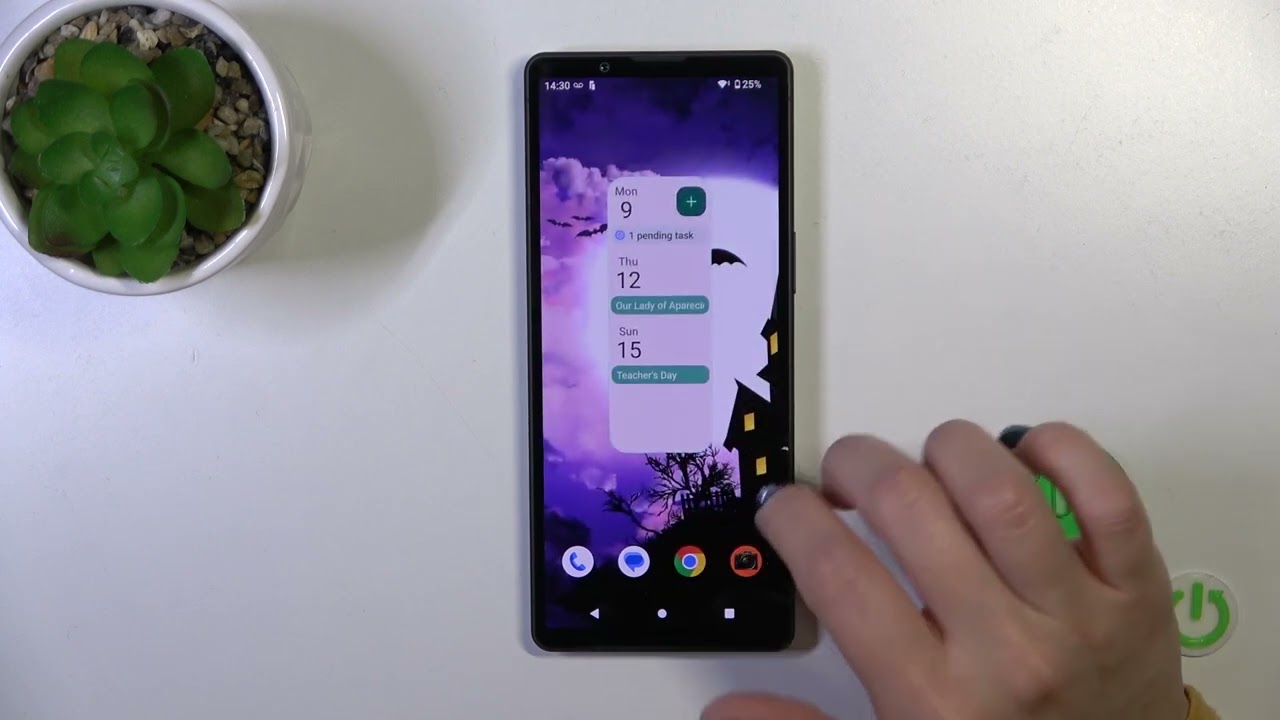Introduction
Widgets are a handy feature on Android devices that allow you to access important information and perform specific tasks straight from your home screen. However, there may be times when you want to remove widgets to free up space or customize your device’s interface. Whether you’re tired of seeing cluttered screens or you simply want to streamline your device, removing widgets can help you achieve a clean and organized look.
In this article, we will explore various methods to remove widgets on Android devices. From removing widgets from the home screen to disabling them on the lock screen, we will cover step-by-step instructions that will work on most Android devices.
Removing widgets can be a simple process, but it’s essential to proceed with caution to avoid accidentally uninstalling important applications or losing valuable information. Before we dive into the methods, it’s important to note that the specific steps may vary slightly based on your device’s manufacturer or operating system version.
Now, let’s take a closer look at the different methods you can use to remove widgets on your Android device. From removing them directly from the home screen to using the settings menu, we have you covered. By the end of this article, you’ll be able to master the art of widget removal and have a clutter-free Android experience.
Method 1: Removing Widgets from the Home Screen
If you want to quickly get rid of a widget from your Android device’s home screen, there’s a straightforward method to do so. Here’s how you can remove widgets from the home screen in just a few simple steps:
1. Long press on the widget: Locate the widget you want to remove on your home screen. Long press on the widget until a menu appears.
2. Drag the widget to the “Remove” or “Trash” icon: Once the menu appears, you’ll notice options such as “Remove,” “Delete,” or a trash can icon. Drag the widget to the appropriate option to remove it from the home screen.
3. Confirm the removal: After dragging the widget to the “Remove” or “Trash” icon, you may be asked to confirm the removal. Tap “OK” or “Confirm” to permanently delete the widget from your home screen.
Keep in mind that removing a widget from the home screen does not uninstall the associated app. It only removes the widget itself from the screen.
This method is the most common and convenient way to remove widgets, as it allows you to declutter your home screen with just a few taps. It’s a great option if you have multiple widgets that you no longer use or if you want to reorganize your home screen layout.
Remember, the specific steps may vary slightly depending on your Android device. Some devices may offer additional options, such as resizing the widget or moving it to a different home screen panel.
Method 2: Uninstalling Apps to Remove Widgets
Another effective method to remove widgets from your Android device is by uninstalling the associated app. This method is particularly useful if you no longer use the app and want to remove its corresponding widget. Follow these steps to uninstall the app and remove its widget:
1. Open the app drawer: Locate the app drawer icon on your home screen. It is usually displayed as a grid of dots or squares. Tap on the app drawer icon to open it.
2. Find the app you want to uninstall: Scroll through the app drawer and find the app that has the widget you wish to remove. Long press on the app icon until a menu appears.
3. Drag the app to the “Uninstall” or “Remove” option: After the menu appears, you will typically see an option to uninstall or remove the app. Drag the app icon to the appropriate option to start the uninstallation process.
4. Confirm the uninstallation: Depending on your device and operating system version, you may need to confirm the uninstallation. Follow the prompts and tap “OK” or “Confirm” to proceed with removing the app.
Once you uninstall the app, any associated widgets from that app will also be removed from your home screen. This is an effective way to declutter your device and remove unwanted widgets that are no longer needed.
Keep in mind that uninstalling an app will also delete any data or settings associated with that app. If you have any important information stored within the app, make sure to back it up before uninstalling.
With this method, you can not only remove the widget but also free up storage space on your device by getting rid of apps that you no longer use.
Note: Some system apps or pre-installed apps may not be allowed to be uninstalled. However, you can disable them to remove their widgets from the home screen.
Method 3: Using the Settings Menu to Remove Widgets
If you prefer a more systematic approach to removing widgets from your Android device, you can use the settings menu. This method allows you to view and manage all the widgets on your device in one place. Here’s how you can remove widgets using the settings menu:
1. Open the Settings app: Locate the Settings app on your Android device. It is usually represented by a gear icon. Tap on the Settings app icon to open it.
2. Navigate to the Apps or Applications section: Scroll through the settings menu and find the section labeled “Apps” or “Applications.” Tap on it to access the list of installed apps on your device.
3. Find the app with the widget you want to remove: In the list of installed apps, locate the app that has the widget you wish to remove. Tap on the app to open its settings and details page.
4. Select the Widgets tab: Within the app settings and details page, look for the “Widgets” tab. Tap on it to view all the available widgets associated with the app.
5. Locate and remove the widget: Scroll through the list of widgets and find the one you want to remove. Long press on the widget until options appear. Tap on “Remove” or drag the widget to the trash or delete icon to remove it.
6. Confirm the removal: You may be asked to confirm the removal of the widget. Tap “OK” or “Confirm” to complete the removal process.
Using the settings menu to remove widgets provides a comprehensive overview of all the installed apps and their associated widgets. It allows you to have more control over the widget removal process and ensures that you remove only the widgets you no longer need.
Remember, the steps may vary slightly depending on your device’s manufacturer and operating system version. Some devices may have additional options or a slightly different layout in the settings menu.
If you’re looking for a more organized and centralized approach to removing widgets, using the settings menu is an effective method to achieve a clutter-free home screen.
Method 4: Disabling Widgets from the Lock Screen
If you find the widgets on your Android device’s lock screen to be intrusive or unnecessary, you can disable them to have a cleaner lock screen interface. Disable widgets from the lock screen using the following steps:
1. Open the Settings app: Locate the Settings app on your Android device and tap on it to open.
2. Find the Security or Lock Screen settings: Scroll through the settings menu and find the section labeled “Security” or “Lock Screen.” Tap on it to access the lock screen settings.
3. Disable lock screen widgets: In the lock screen settings, look for an option related to lock screen widgets. On some devices, this may be called “Lock Screen Widgets” or “Lock Screen Display.” Tap on it to view the available options.
4. Select “None” or disable widgets: Within the lock screen widgets settings, select “None” or disable the option to hide the widgets from the lock screen. This will prevent any widgets from being displayed when your device is locked.
5. Save the settings: After disabling lock screen widgets, make sure to save the settings by tapping on the appropriate option, such as “Save” or “Apply.”
By disabling widgets from the lock screen, you can enjoy a cleaner and more private lock screen experience. You won’t have to worry about accidentally activating a widget or having your personal information displayed when your device is locked.
It’s worth noting that the specific steps and options may vary slightly depending on your device’s manufacturer and operating system version. Some devices may offer additional customization options for the lock screen, such as hiding specific widgets or choosing specific apps to display as widgets.
Taking control of your lock screen widgets allows you to personalize your device and create a lock screen that suits your preferences and privacy needs.
Remember to periodically check the lock screen widget settings if you decide to enable widgets in the future. By regularly reviewing and managing your lock screen widgets, you can ensure that your lock screen remains clutter-free and tailored to your liking.
Conclusion
Removing widgets from your Android device can be a simple and effective way to declutter your home screen, improve device performance, and personalize your Android experience. In this article, we explored four methods to remove widgets: removing them from the home screen, uninstalling apps, using the settings menu, and disabling widgets from the lock screen.
By following the step-by-step instructions provided in each method, you can easily remove unwanted widgets from your Android device and create a clean and organized home screen. Whether you prefer a quick and straightforward approach or a more systematic method, there’s a solution for you.
It’s important to note that while removing widgets can enhance the visual appeal of your device, it’s essential to exercise caution to avoid accidentally uninstalling important apps or losing valuable information. Always double-check before removing a widget or uninstalling an app, and consider backing up any crucial data before proceeding.
Remember, the specific steps may vary slightly based on your device’s manufacturer or operating system version. Exploring the settings menu and experimenting with different methods will help you find the most suitable approach for your device.
With these methods at your disposal, you now have the knowledge to confidently remove widgets and create a clutter-free Android experience. Take control of your home screen, enhance your device’s performance, and enjoy a personalized interface that reflects your style and preferences.
So go ahead, put these methods into practice, and enjoy a clean and organized Android device that truly showcases your favorite apps and information without unnecessary clutter.







